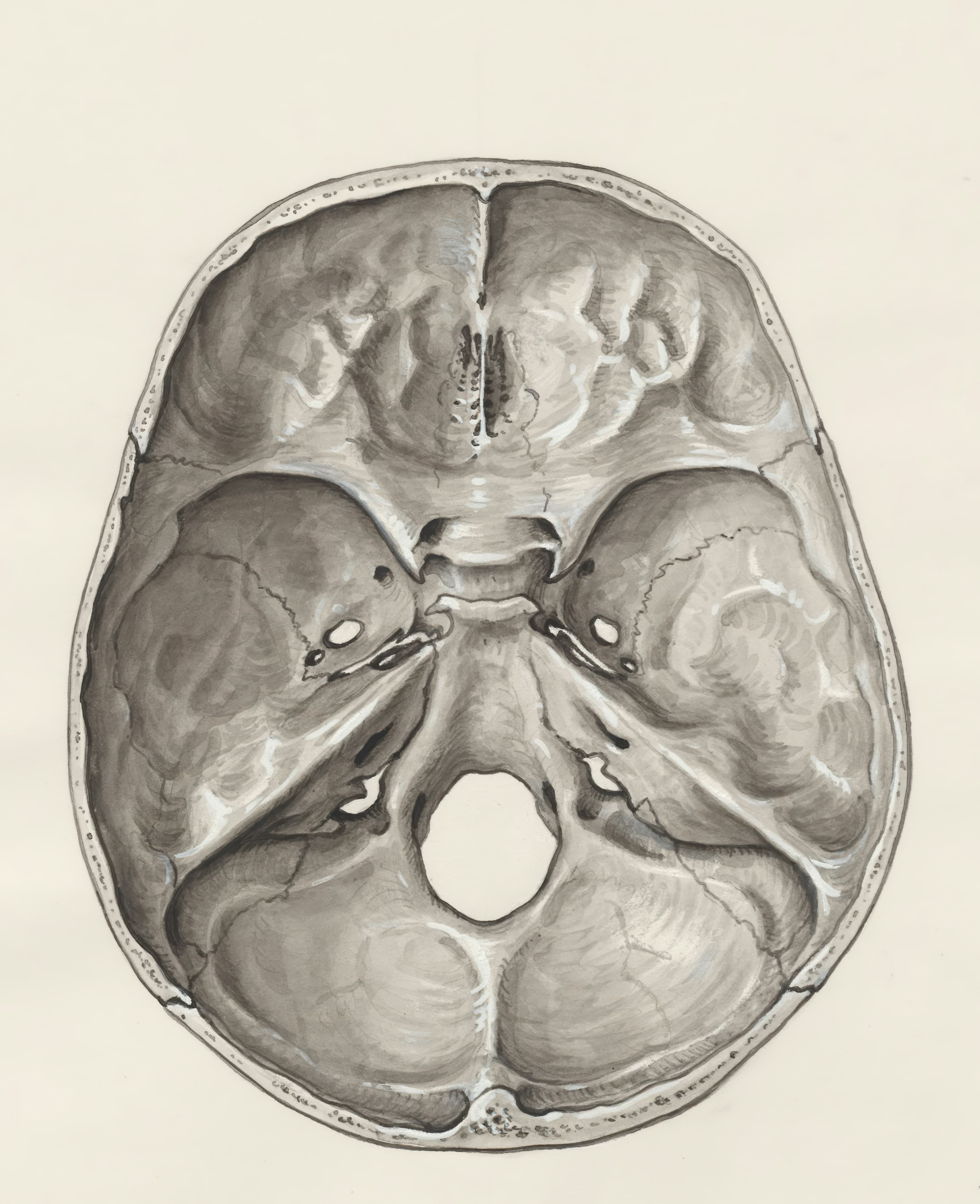Understanding the Components and Their Significance
A Lipid Profile Blood Test measures various components in your blood that are related to your cardiovascular health:
- Total Cholesterol: This measures the total amount of cholesterol in your blood, including both HDL (good cholesterol) and LDL (bad cholesterol).
- HDL Cholesterol: HDL cholesterol is known as good cholesterol because it helps remove LDL cholesterol from your arteries, reducing the risk of heart disease.
- LDL Cholesterol: LDL cholesterol is considered bad cholesterol as it can build up in the arteries and lead to blockages, increasing the risk of heart disease.
- Triglycerides: Triglycerides are a type of fat found in the blood. High levels of triglycerides are associated with an increased risk of heart disease.
- Non-HDL Cholesterol: Non-HDL cholesterol includes LDL cholesterol and other cholesterol particles that contribute to the development of plaque in arteries.
A Lipid Profile Blood Test provides valuable insights into your cardiovascular health by assessing these lipid components.





